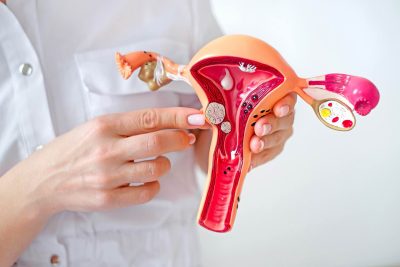Surgical Fibroid Treatment in iran
Uterine fibroids are non-invasive growths in the uterus that can lead to bloating, pelvic pain, heavy bleeding, and issues with fertility. Some women require surgery to achieve long-term relief, while others can manage their fibroids with medication. In cases where alternative approaches are ineffective, surgical uterine fibroids provide successful solutions.
Our Department of Obstetrics & Gynecology is renowned for having the best gynecologists in iran . The department is at the forefront of women’s healthcare. Our Fibroids Clinic is dedicated to diagnosing, treating, and managing uterine fibroids, ensuring women receive the highest standard of care. Leveraging advanced medical technology and a patient-centric approach, we offer comprehensive solutions tailored to each individual’s needs.
What Are Uterine Fibroids?
Benign growths in the uterine wall are called uterine fibroids. They can be as small as a seed or grow large enough to distort the uterus. Though their exact cause is unknown, their growth might be influenced by genetics, lifestyle choices, and hormonal changes. Many women who have fibroids don’t have any symptoms. On the other hand, some people experience persistent conditions like heavy menstrual flow, frequent urination, pelvic pressure, pain during sexual activity, and infertility. The best course of action can be surgery if fibroids have a major influence on everyday life.

